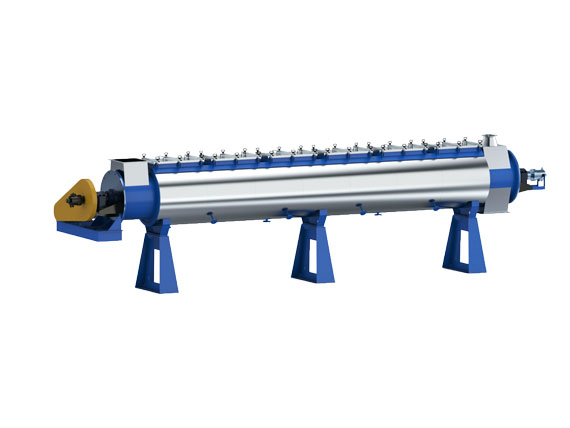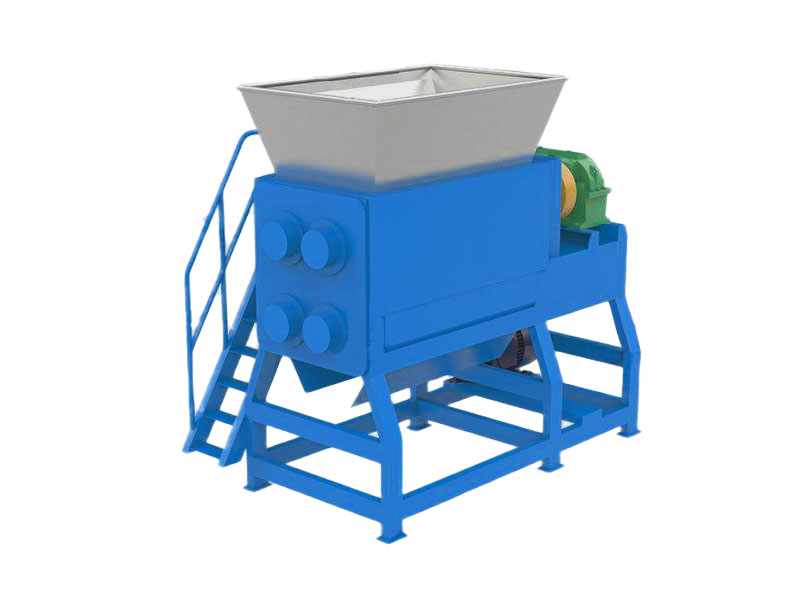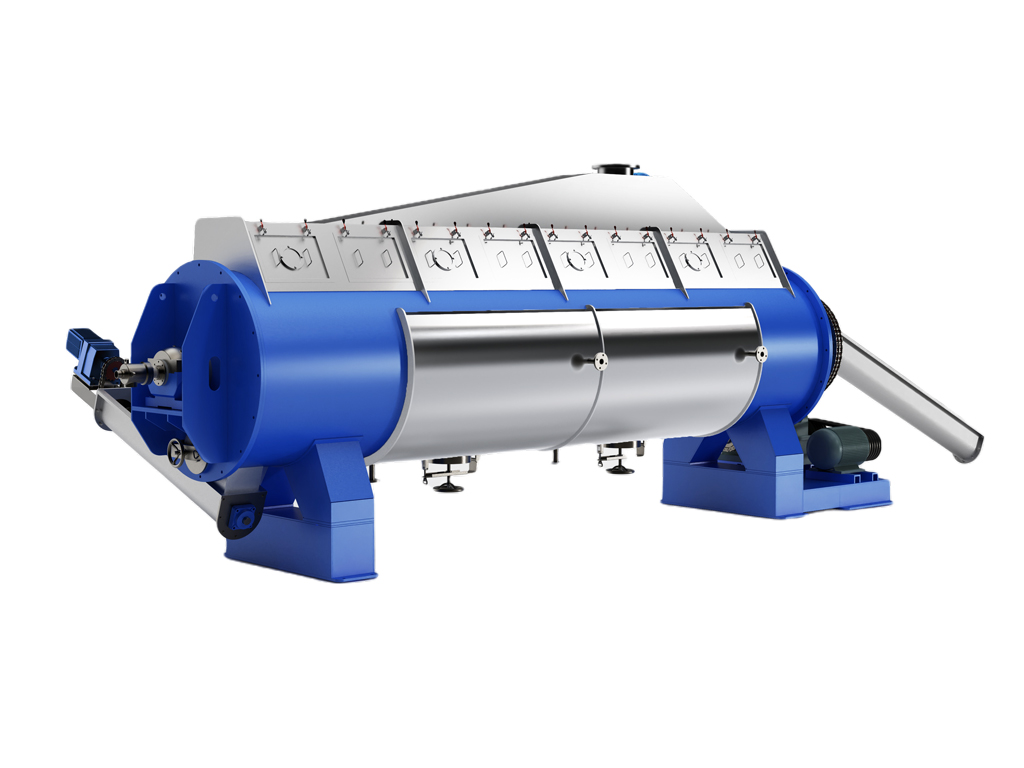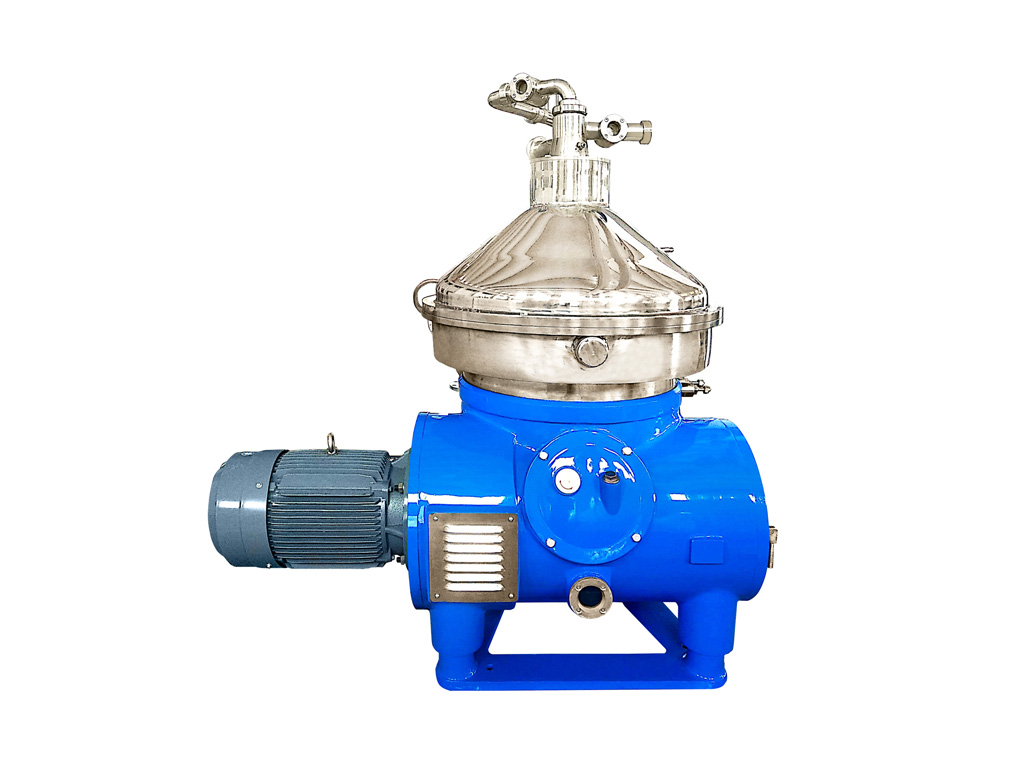When considering the investment in a fish meal plant, one of the most crucial questions is: "How much does a fish meal plant cost?" The cost of a fish meal plant can vary significantly based on several factors including the scale of production, technology used, equipment quality, and geographical location. In this article, we will explore these factors in detail, providing a comprehensive understanding of what influences the cost and how to make an informed decision.
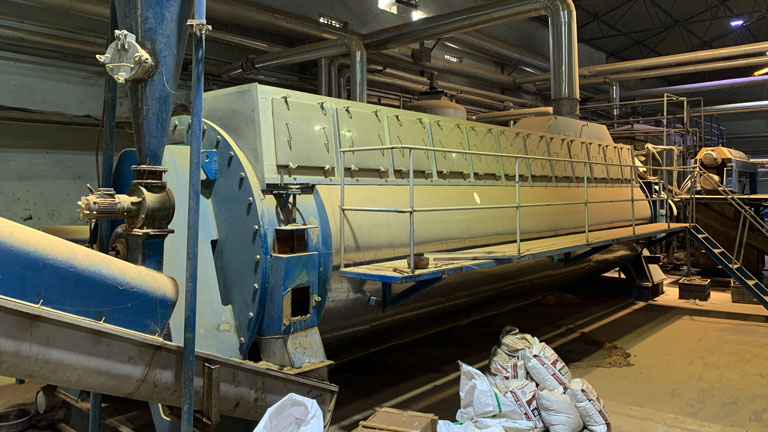
Factors Influencing the Cost of a Fish Meal Plant
1. Scale of Production:The size of the fish meal plant directly affects the overall cost. A small-scale fish meal plant designed for limited production will cost less compared to a large-scale plant capable of processing several tons of fish per day. Smaller plants may start at around $100,000, while larger plants can exceed $1 million.
2. Technology and Automation:Modern fish meal plants often incorporate advanced technologies and automation to enhance efficiency and reduce labor costs. These technologies, including automated feeders, steam dryers, and computerized control systems, can significantly increase the initial investment but result in long-term savings and higher productivity.
3. Quality of Equipment:The quality and durability of the equipment play a pivotal role in determining the cost. High-quality equipment made from robust materials like stainless steel can handle harsh processing environments and have a longer lifespan, thus costing more initially but offering better value over time.
4. Geographical Location:The cost of setting up a fish meal plant can also vary based on the geographical location due to differences in labor costs, availability of raw materials, and regulatory requirements. Setting up a plant in regions with lower labor costs and abundant raw fish supplies can be more cost-effective.
5. Additional Infrastructure:Costs can also include additional infrastructure such as storage facilities, water treatment systems, and waste management solutions. These are necessary to ensure compliance with environmental regulations and to maintain the quality of the fish meal produced.
Breakdown of Costs
1. Initial Equipment Costs:The major portion of the investment will go into purchasing the essential equipment such as fish cookers, dryers, crushers, and separators. Depending on the scale, this can range from $50,000 to over $500,000.
2. Installation and Setup:Installation costs can vary widely, but it's crucial to factor in expenses for civil works, electrical setup, and initial testing. This might range from $20,000 to $200,000 depending on the complexity and scale of the plant.
3. Operational Costs:Ongoing operational costs include labor, maintenance, energy consumption, and raw material procurement. Efficient plants with high automation may have lower labor costs but higher energy costs due to the use of advanced machinery.
4. Regulatory Compliance:Ensuring compliance with local environmental and safety regulations can add to the initial setup costs. This includes obtaining necessary permits and installing waste treatment systems, which might cost between $10,000 and $100,000.
Making an Informed Decision
When deciding to invest in a fish meal plant, it's essential to conduct a thorough cost-benefit analysis. Consider the long-term benefits of investing in high-quality equipment and advanced technologies that can enhance productivity and reduce operational costs. Additionally, choose a location that offers logistical advantages and access to raw materials to further optimize costs.
Investing in a fish meal plant is a significant decision that requires careful planning and consideration of various factors. Understanding the different cost components and how they impact the overall investment will help in making an informed choice that aligns with your production goals and budget.
